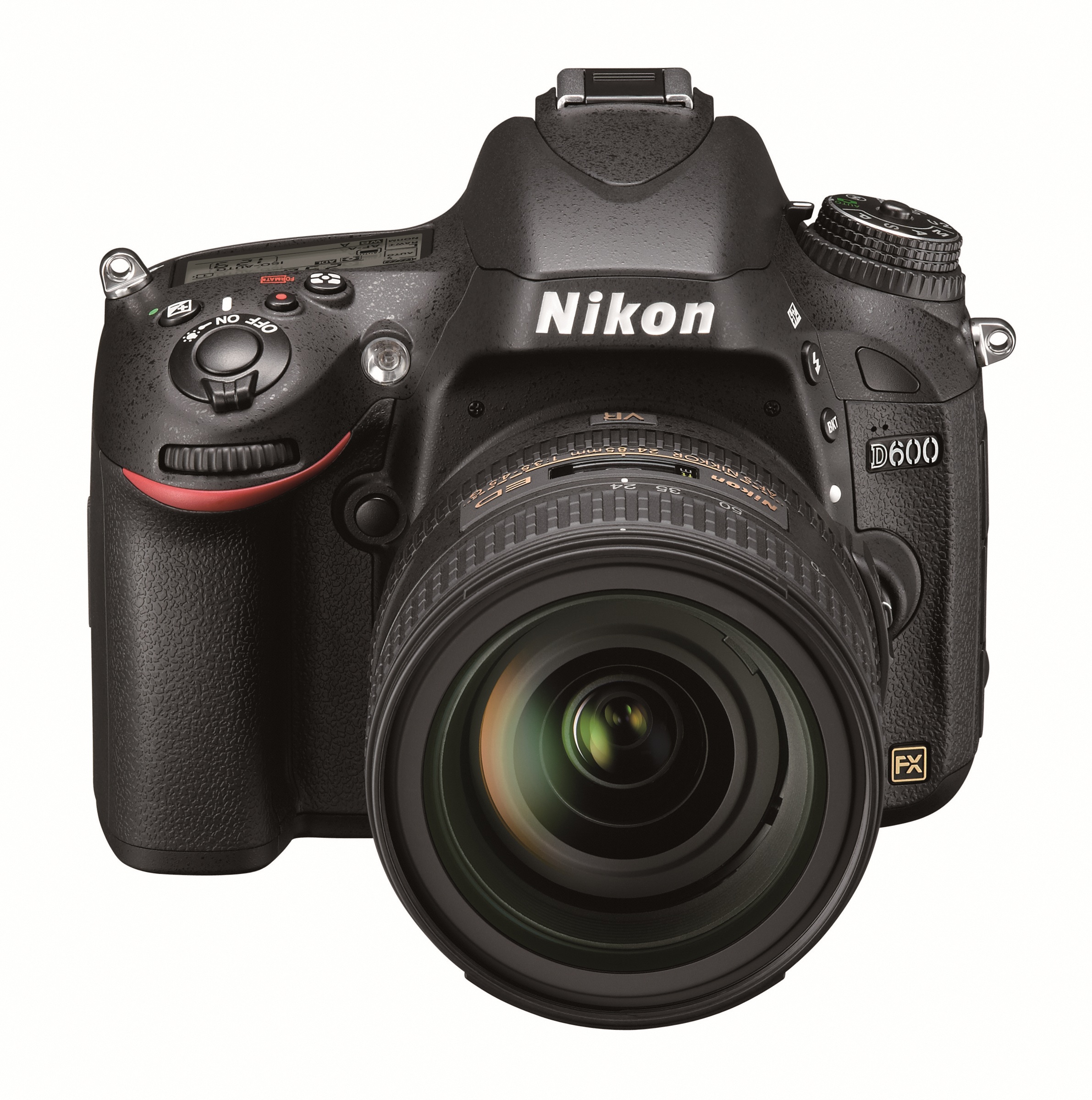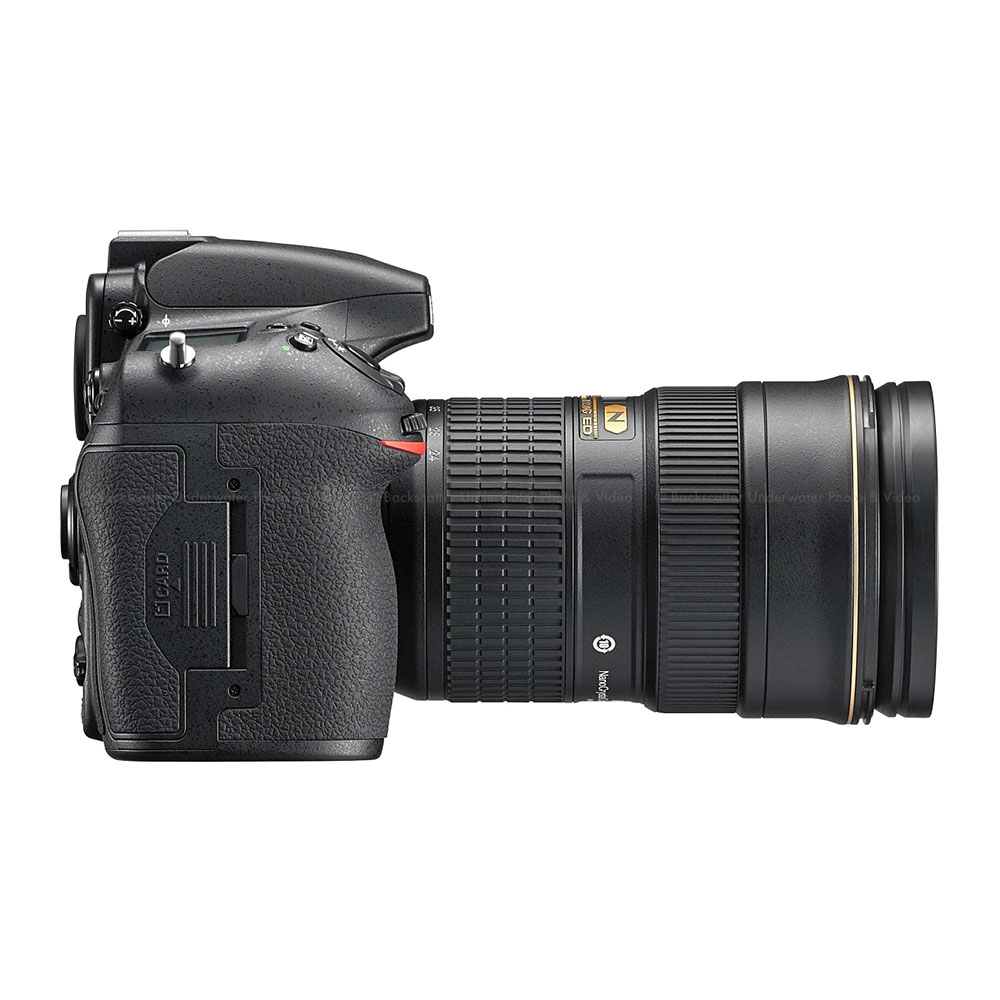

The 45MP full-frame sensor is exceptional, producing superlative images in low light, with fantastic noise-handling even past ISO 4000. In fact, it’s Canon’s best mirrorless camera to date. Though the updates might seem relatively modest, the Z6 II is an even more competent all-rounder as a result, making it the most consistent full-frame camera you can buy.Īs its spec sheet confirms, the new Canon EOS R5 is an incredibly powerful tool. In the hand, magnesium alloy body parts, weather sealing and a comfy grip make the Z6 II feel more durable than rivals, while a new UHS-II SD card slot resolves one of its predecessor’s key weaknesses.
#Full frame dslr update
Video has also been enhanced, with a firmware update due in February 2021 set to unlock 4K capture at 60p, to compliment the new 10-bit HLG HDR output option. The main addition is a second EXPEED 6 image processor, which boosts burst shooting to a maximum of 14fps and improves autofocus performance. Unchanged is the 24.5MP CMOS sensor, which continues to capture excellent detail and plenty of dynamic range. The Z6 II takes that very capable base and smooths out a few wrinkles to deliver an even more polished shooting experience. With a great blend of performance, handling and value, the Nikon Z6 was one of our favorite full-frame mirrorless cameras.
#Full frame dslr upgrade
There’s no question that the EOS R6 represents a massive upgrade from the EOS 6D Mark II – or even the EOS R and EOS RP – though its performance doesn’t come cheap. The EOS R6's sensor resolution won’t grab headlines and JPEG dynamic range can be a little disappointing, with a lack of detail in highlights and shadows, but overall image quality is still darn good. And it’s an excellent one: 12fps mechanical burst speeds jump to 20fps when you switch to the electronic shutter, while the addition of Dual Pixel CMOS autofocus to the 20.1MP sensor results in a significant improvement to autofocus and tracking performance. In any case, Canon has made clear the EOS R6 is a stills camera first and foremost.
#Full frame dslr full
Its video specs can’t rival the R5’s 8K skills, but shooting 4K/60p across the full width of the sensor is hardly shabby. An ergonomic design means the R6 is comfortable for all-day use and, paired with Canon’s outstanding first effort at in-body image stabilization, proves an absolute pleasure to shoot with. One of the only downsides is that its touchscreen only tilts, but that’s unlikely to be a major dealbreaker for most.Ī more affordable version of the powerhouse EOS R5, Canon’s EOS R6 might well become Canon’s most popular camera – and for good reason. If you’re a Nikon fan, the Nikon Z6 II is a great choice, offering decent video and stills specs. If you’re keen to save some money, there are plenty of cheaper alternatives to think about. Those looking for an all-rounder that can deliver in several areas would do well to look at both.

The EOS R6 might not offer as much resolution, but it edges it in terms of burst shooting and moving subjects. The Sony is a fantastic ‘hybrid’ camera for both video and photo, with a high-resolution 33MP sensor. We think the Sony A7 IV and the Canon EOS R6 are the best available right now. Picking the best full-frame camera you can buy right now is a tough task - so much so, we’ve plumped for two, rather than one.

Perhaps you’re coming to full-frame for the first time or you’re upgrading from an older model - whatever your needs, we’ll have something in this list right here for you. To put together this list, we’ve spent hundreds of ours testing all the top full-frame options.


 0 kommentar(er)
0 kommentar(er)
